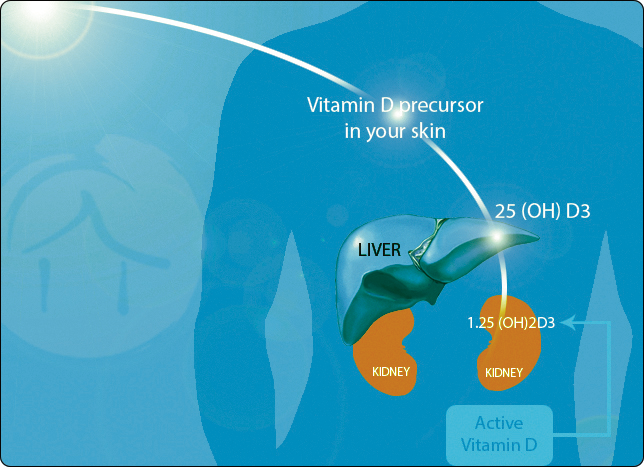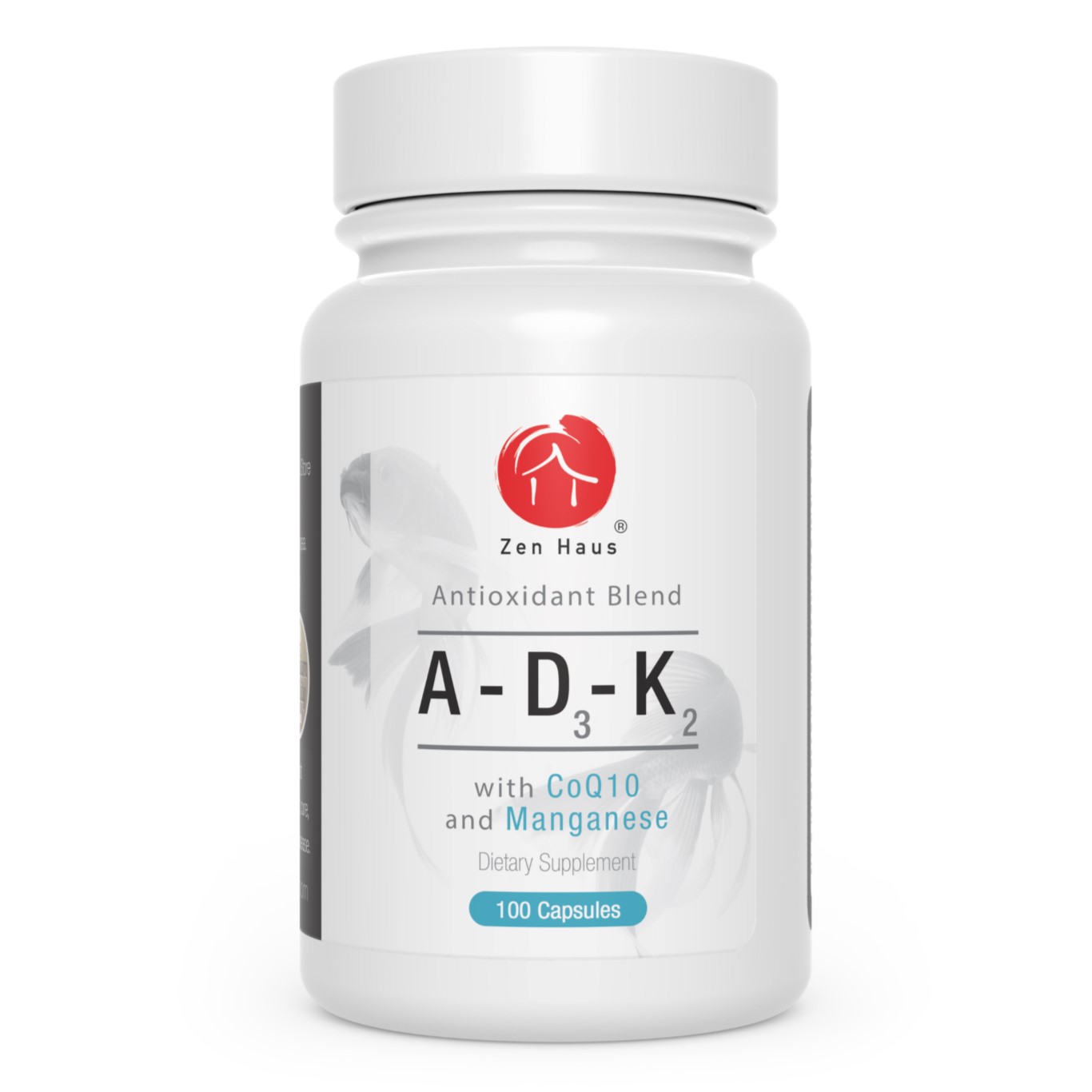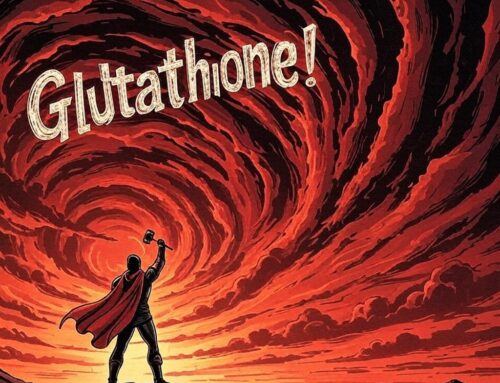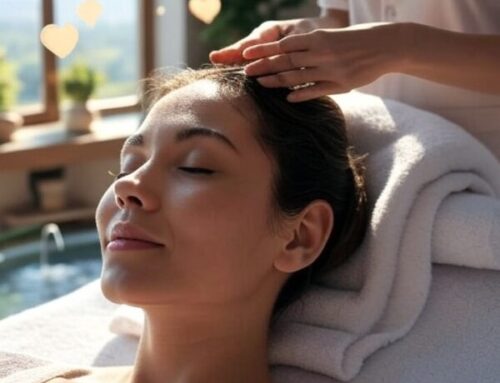In Vitamin D Deficiency Part 1 we discussed three factors leading to our reduced exposure to sunlight and UV-B rays. These are:
-
- the amount of sunlight exposure
- the quality of sunlight received
- sun blocking and filtering agents
We continue the discussion with two factors contributing to Vitamin D deficiency that stem from our body’s internal processes. These factors are our ability to biologically absorb and convert sunlight, and the dilution of Vitamin D in body fat.
Biological Ability to Produce Vitamin D
Even when we assume that the UV-B rays from the sunlight makes it past all of the potential barriers noted in Vitamin D Deficiency – Part 1, there still remains additional barriers such as inadequate cholesterol levels, skin color as a biological filter, and age-related synthesis issues which have the potential to limit Vitamin D production in the body.

Low Cholesterol Diet. We need cholesterol in our system in order to produce Vitamin D. During exposure to sunlight, 7-dehydrocholesterol in the skin is converted to pre-vitamin D3. Cholesterol has been warned against in the west and generally avoided. This may have reduced our ability to produce Vitamin D.
Skin Color. Those of us with darker skin have more melanin in the skin. Melanin is a natural built-in sunscreen. Fair-skinned people can produce more Vitamin D for a given amount of sunlight exposure. Those with darker skin need more exposure time to produce the same amount of Vitamin D.[7]
Age. The Vitamin D conversion efficiency tends to decrease with age.[8] A seventy-year-old makes about four times less D3 from the sun than a twenty-year old. Older men and women who fail to get enough Vitamin D have a higher risk of muscle weakness and poor physical performance. Sunscreen, protective clothing and time spent indoors already keep most older Americans from Vitamin D deficiency from exposure to UV-B rays from sunlight.
Dilution In Body Fat
Body fat absorbs and holds Vitamin D, which means less of it available for use in the body. Obese children and adults are said to require 2 to 5 times more Vitamin D to treat and prevent deficiency.
Conclusion
With so many potential barriers we can appreciate why Vitamin D deficiency is so common despite our body’s natural ability to produce it from sunlight and cholesterol. Human migration and its evolutionary by-products in addition to modern issues like air pollution and lifestyle changes have greatly limited our exposure to the sunlight needed for natural Vitamin D production. Even good sun exposure does not guarantee adequate serum levels of Vitamin D. Low Vitamin D serum levels may prevail despite abundant exposure to sunlight because of skin color, age, body fat and diet.
Though we are always adapting to the changing environments we may need to supplement to avoid Vitamin D deficiency and stay healthy.
.






